Finding North by stars for beginners.
by tonytran2015 (Melbourne, Australia).
Click here for a full, up to date ORIGINAL ARTICLE and to help fighting the stealing of readers’ traffic.
(Blog No.85).
#find North, #finding North, #by stars, #star disk, #star map, #Mercator, #beginner,
Finding North by stars for beginners.
Beginners only need to know few stars to practice finding North by stars.
1. Common viewing instructions for all beginners.
1. From the following three maps select and print the one suitable for your zone.
Figure: Sky map (Inversion type) of the Northern Celestial 3/4-sphere showing only 20 brightest stars and some constellations. 24hr of R.A. is on the top and R.A. increases in the clockwise direction.
Figure: Sky map (Inversion type) of the Southern Celestial 3/4-sphere showing only 20 brightest stars and some constellations. 24hr of R.A. is on the top and R.A. increases in the anti-clockwise direction.
Figure: The Mercator map of the sky for inhabitants of Tropical Zone. North direction is on its top. 24hr of R.A. is near the center and R.A. increases towards the left (East) of the map. The map is to be read South side up in the Southern hemisphere.
2. Use a shadow stick or a compass to find out the (true) North direction at your location.
Figure: A shadow stick for finding North and time is drawn here in blue colour. The shadow of its tip always move WEST TO EAST along a conical curve C (drawn in red). The axis of symmetry of the curve C is the terrestrial North-South direction. (Conical curve: Elliptical, parabolic or hyperbolic curve).
3. Find out the latitude of your location.
4. Find out the current date in the calendar year.
5. Use the following simplified instructions to identify the stars at mid-nights.
2. Viewing instructions for inhabitants of Polar and Temperate Zones.
1. Place one of your straightened arm horizontally, pointing to North if you are in Northern hemisphere and South if in Southern hemisphere.
2. Raise your straightened arm by an angle equal to your latitude. Your straightened arm now points to the Celestial pole at your location.
3. Hold the circular star map on the hand of that arm, with its axis pointing to the Celestial pole and the MARKING FOR CURRENT MONTH ON ITS RIM AT ITS BOTTOM.
4. You can now see the images of stars on the map pointing to the actual stars.
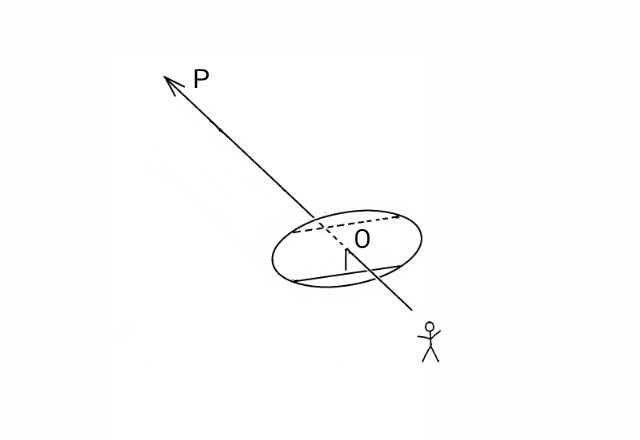
Figure: Aligning the center of the paper star disk to the Celestial pole in the sky to identify the stars at midnight.
5. Beginners only need to recognize the circumpolar stars for their own hemisphere.
Inhabitants of Northern hemisphere need only to identify Little Dipper, Big Dipper (11hr R.A., 60° declination) and Cassiopeia (1hr R.A., 60° declination).
Figure: Finding North by stars for beginners (Northern hemisphere).
Inhabitants of Southern hemisphere need only to identify Agena, Alpha Centauri (pointer stars) and Acherna in the anticlockwise direction (all at 60° South declination). Acherna is 60 degree from the pair (alpha Centauri, Agena) and is on the opposite side across the Southern Celestial Pole.
Figure: Finding North by stars for beginners (Southern hemisphere).
Extending the line alpha Centauri-Agena by 8 degrees gives the Southern Cross Constellation. Then turning clockwise by 50 degrees and extending by another 50 degrees gives the very bright Canopus star.
In the opposite direction, extending the line Agena-alpha Centauri by about 30 degrees gives the stinger tail of the large, distinctive Scorpius constellation.
6. The knowledge of other stars will follow naturally with time.
3. Viewing instructions for inhabitants of Tropical Zone.
1. Hold the Mercator star map above your head, with North direction pointing to true North.
2. The length of the map corresponds to 13 months. Select and view only 6 month centered on the CURRENT MONTH. The line for the current month is worked out from the markings along the vertical lines of this Mercator map.
3. You can now see the images of stars on the map pointing to the actual stars.
4. Beginners only need to recognize some bright stars near to the Celestial equator: Orion Rigel and Betelgeuse of the large, distinctive Orion constellation, Procyon, Leo Regulus, Spica, Bootes Arcturus, Altair, Antares of the large, distinctive Scorpius constellation. They are associated with various different months of the year.
Figures: Finding North by stars for beginners (Tropical zone). Click to enlarge figure.
5. The knowledge of other stars will follow naturally with time (see Slide Sky-Map for displaying tropical stars.).
Figure 2: Table of 20 brightest +2 stars in order of appearance.
4. Common Identifying instructions.
Figure: The Sun, the Moon and the stars are attached to a Celestial sphere which encloses the Earth like a giant rotating cage.
1. Beginners should observe the identified stars in subsequent night as well as at various different time.
2. The circumpolar stars will remain visible all year round for cold temperate zones. Beginners only need to know them well.
3. The tropical stars appear in sequences and tropical inhabitants have to associate tropical stars with their months in the year.
4. Tropical constellations are seen upright from Northern Hemisphere and upside down from Southern Hemisphere
References.
[1]. tonytran2015, Shadow-stick-navigation-and-graph-of-solar-paths, posted on August 19, 2016.
[2]. wiki, Astronomical_ceiling_of_Senemut_Tomb.
[3]. Suchow map, http://www.adlerplanetarium.org/exhibits/planetary-machines.
[5]. tonytran2015, Finding directions and time using the Sun and a divider, survivaltricks.wordpress.com , Finding directions and time using the Sun and a divider., posted on May 6, 2015.
[6]. tonytran2015, Finding North direction and time using the hidden Sun via the Moon, survivaltricks.wordpress.com, Finding North direction and time using the hidden Sun via the Moon . Posted on July 6, 2015.
[7]. tonytran2015, Finding North direction and time by stars, survivaltricks.wordpress.com, Finding North and time by stars. Posted on August 28, 2015
[8]. tonytran2015, Finding accurate directions using a watch, posted on May 19, 2015 .
RELATED SURVIVAL blogs
Shadow stick navigation and graph of solar paths, posted August 19, 2016

Finding directions and time using the Sun and a divider., posted on May 6, 2015. <<<—This is my MOST USEFUL novel technique.

Finding North direction and time using the hidden Sun via the Moon . Posted on July 6, 2015
Finding-north-by-stars-for-beginners, posted on September 20, 2017
Finding North and time by stars. Posted on August 28, 2015
Finding North and time with unclear sky. Posted on October 17, 2015.
Finding North direction and time by any bright star, posted July 22, 2016
Navigating with an AM MW radio receiver, posted January 17, 2017 The Scorpius constellation, posted January 8, 2017, The Orion constellation., posted December 26, 2016, Rice as emergency food., Using GPS in off-grid situations, Slide Sky-Disks with grid masks showing azimuths and altitudes, Slide Sky-Map for displaying tropical stars.
Click here for my other blogs on  SURVIVAL
SURVIVAL
SURVIVAL CONTENTS BLOG IMAGE OF SURVIVAL CONTENTS
![]()
MONEY CONTENTS BLOG IMAGE OF MONEY CONTENTS
SOCIAL ISSUES CONTENTS BLOG IMAGE OF CONT. OF SOCIAL ISSUES
LIVING BLOG LIVING CONTENTS BLOG IMAGE OF LIVING CONTENTS
HOW TO BLOG HOW TO CONTENTS BLOG IMAGE OF HOW TO CONTENTS
Click here go to  Home Page (Navigation-Survival-How To-Money).
Home Page (Navigation-Survival-How To-Money).
ARCHIVAL HOME PAGE CONTENTS HOME PAGE BLOG IMAGE OF CONTENTS HOME PAGE







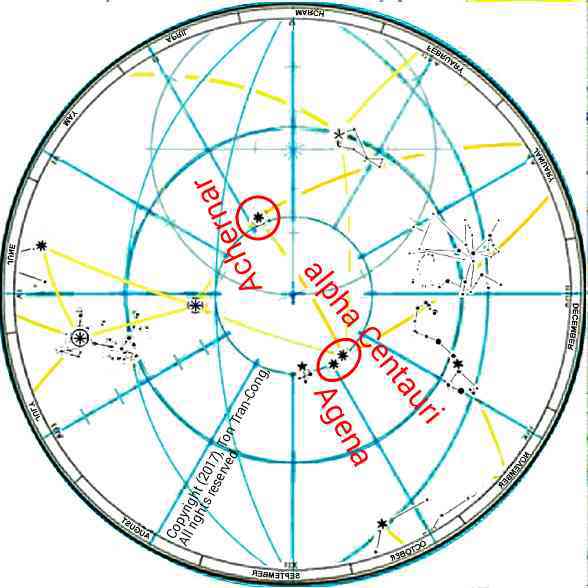
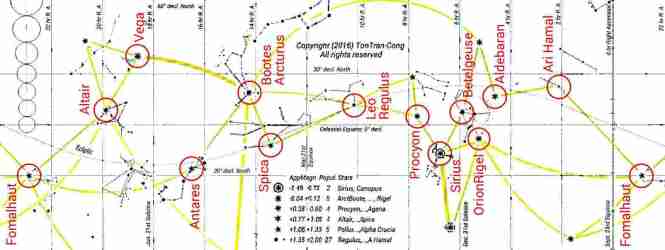




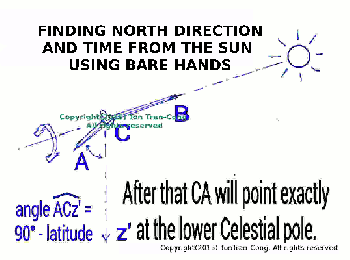






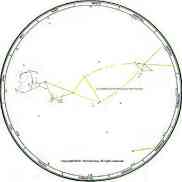
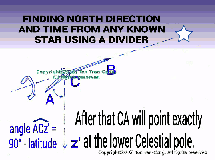
It as hard to come by well-informed people on this subject, however, you sound like you know what you are talking about! Thanks
LikeLike
Yeah bookmaking this wasn at a bad determination outstanding post!
LikeLike
These are really impressive ideas in regarding blogging. You have touched some good points here. Any way keep up wrinting.|
LikeLike
Thank you for the auspicious writeup. It in fact was a amusement account it. Look advanced to far added agreeable from you! By the way, how could we communicate?|
LikeLike
Hi! Do you know if they make any plugins to help with SEO? I’m trying to get my blog to rank for some targeted keywords but I’m not seeing very good success. If you know of any please share. Thanks!|
LikeLike
I’m impressed, I have to admit. Rarely do I come across a blog that’s both equally educative and interesting, and without a doubt, you have hit the nail on the head. The problem is something that too few men and women are speaking intelligently about. Now i’m very happy I came across this in my hunt for something regarding this.|
LikeLike
There’s certainly a lot to find out about this subject. I really like all the points you made.|
LikeLike
I have read so many content on the topic of the blogger lovers except this article is actually a pleasant article, keep it up.|
LikeLike
Have you ever thought about writing an ebook or guest authoring on other sites? I have a blog based upon on the same subjects you discuss and would really like to have you share some stories/information. I know my subscribers would enjoy your work. If you’re even remotely interested, feel free to send me an e mail.|
LikeLike
Have you ever thought about including a little bit more than just your articles? I mean, what you say is fundamental and all. However just imagine if you added some great pictures or video clips to give your posts more, “pop”! Your content is excellent but with pics and videos, this website could certainly be one of the greatest in its niche. Fantastic blog!|
LikeLike
Thank you for the suggestion, but maintaining the site and writing new blogs in basic form has alteady taken up most of my spare time.
LikeLike
Reblogged this on Brittius.
LikeLike
Thank you, Brittius, for re-blogging.
LikeLike
You’re welcome.
LikeLiked by 1 person